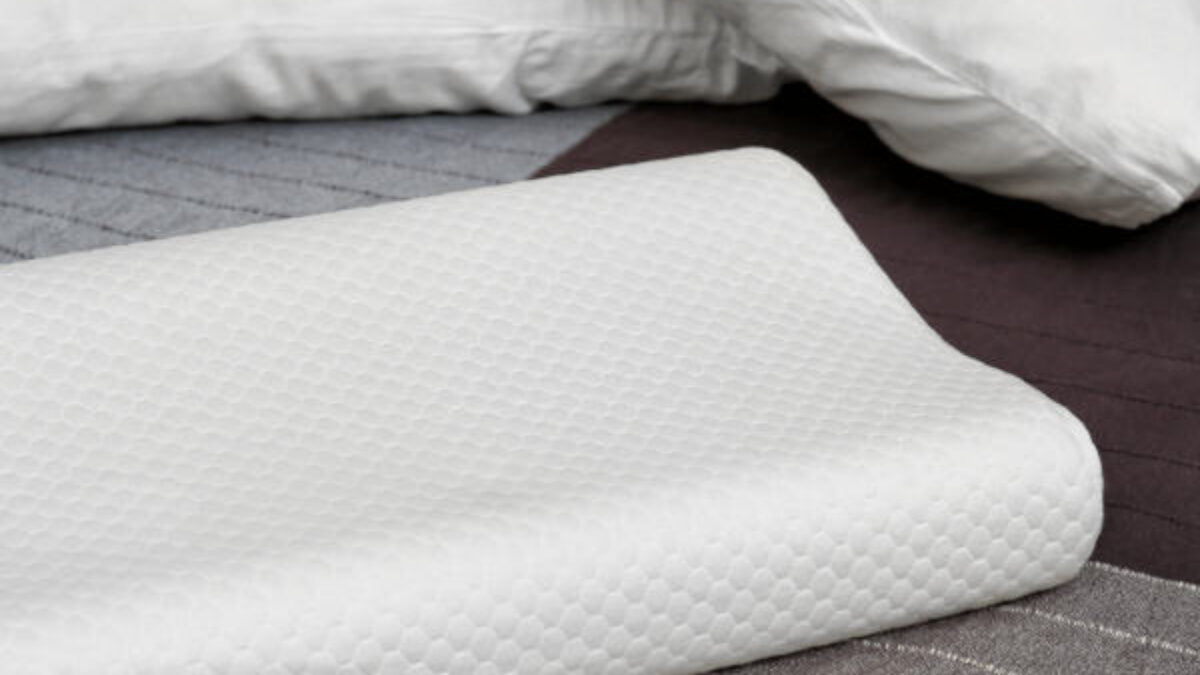Open cell foam is an umbrella term for a classification of foams that have a specific cell structure. Their manufacturing process results in foams that are versatile and can be used in a variety of applications. Is this type of foam right for your needs? Find out more about open cell foam, its benefits, and the recommended uses based on your industry.
What Defines Open Cell Foam?
A specific piece of foam is classified as “open cell” when at least half of its cells are left open. This means that the cells that make up the foam are not encapsulated, resulting in a lighter, softer, and less dense piece of foam. It also means that the foam allows air and water to pass more freely through it, which makes it more ideal for applications where waterproofing isn’t needed. Some examples of open cell foams include Ether Polyurethane Foam and Ester Polyurethane Foam.
Closed cell foams, on the other hand, are foams where the cells are encapsulated and closed off. Learn more about the differences between open cell foam and closed cell foam in this quick explainer.
What are the Strengths of Open Cell Foam?
Because of its inherent properties, open cell foams have a few key strengths that make them useful for a variety of applications. These strengths include:
- High compression set: the foam can compress down to a very low percentage of its original size, then rebound back without sustaining damage. This is also known as having viscoelastic properties.
- Filtration: because gas and water can pass through the form, open cell foams are ideal for filtration applications.
- Softness: these types of foam are soft and cushion very well, making them highly comfortable when touched or sat on.
- More flexibility: open cell foams are generally less rigid than closed cell foams. Their flexibility allows them to be used in tight or irregular spaces.
- Non-abrasive: most open cell foams are not abrasive. They are good for protecting items that are prone to scratching.
What are the Downsides of Using Open Cell Foam?
Open cell foams are ideal for many different types of applications, but they should generally be avoided if you need:
- Waterproof foam: open cell foams absorb water and allow it to pass. If you are looking for gasket material or a material that can resist water and moisture damage, go with a closed cell foam option.
- High tear resistance: although open cell foams are highly resilient when it comes to compression-based forces, they have a lower tear resistance than most closed cell foams. Open cell foams
- can be very flexible, however, limited tear strength can be a detriment.
- Insulation: open cell foams do provide some insulation to the space, but closed cell foams tend to have much higher R-values—they will insulate far better.
- Protection for heavier items: closed cell foams resist compression much better than open cell foams, making them more ideal for packaging protection for heavy or bulky items.
Where is Open Cell Foam Used?
Open cell foams can often be found in:
- Foam packaging applications for lightweight and delicate items
- Protective foam case inserts
- Cushioning for mattresses and seating applications
- Custom foam orthotics for medical applications
- Foam fenestration for doors and windows
That’s not all. Open cell foam can be custom fabricated to fit a wide variety of applications. Need a specific foam for your products? Get in touch with the foam experts at Amcon today.
Looking for something different? Need closed cell foam? See if it’s right for your application here.


